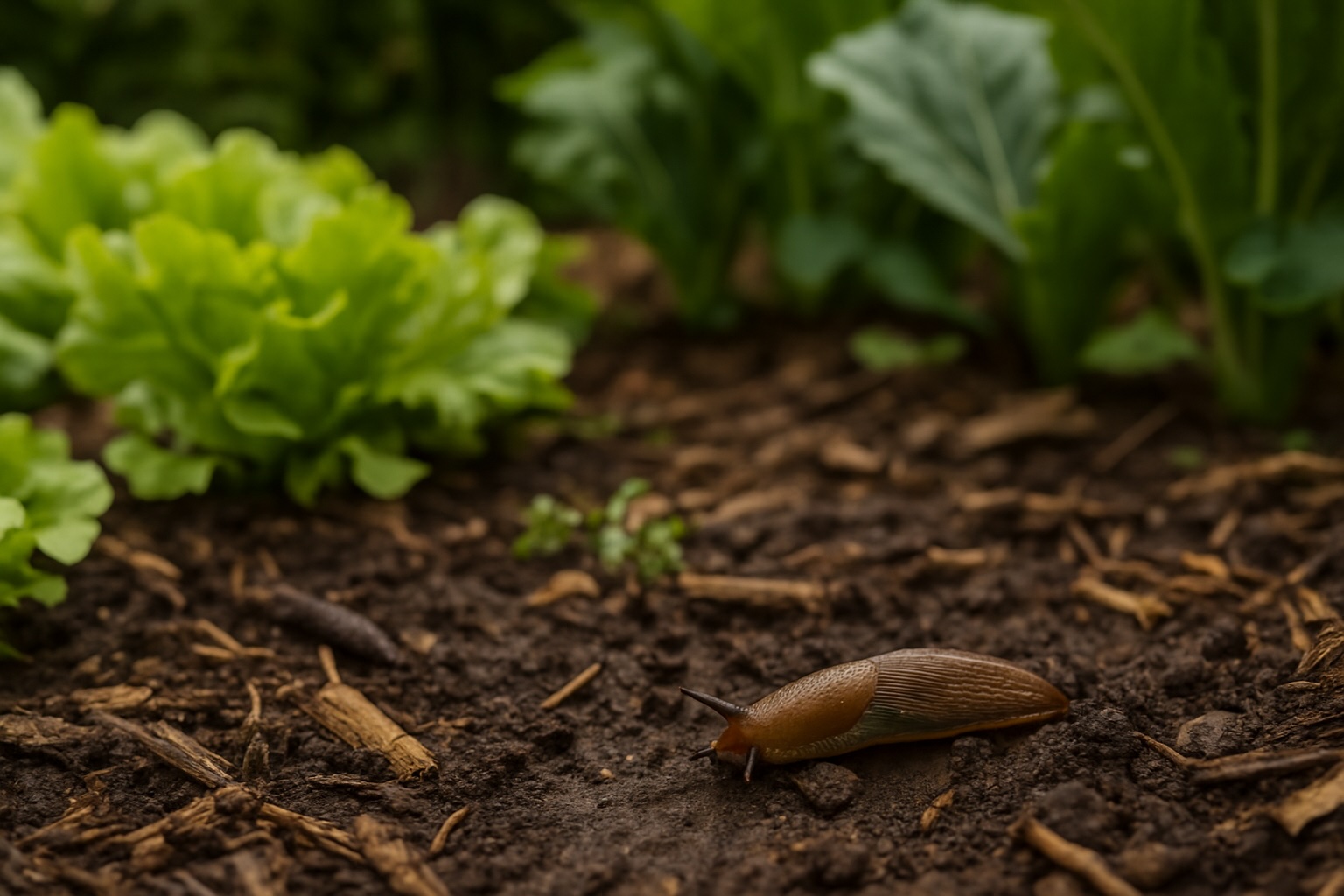Bellevue’s cool, damp spring and fall seasons are prime time for slugs. These stealthy garden pests can quickly chew through tender young plants and leave unsightly trails across your beds. But with a little local know-how and some eco-friendly tactics, you can protect your garden and keep slugs under control without harsh chemicals.

Slugs are most active after rain or in the early morning and evening. Their moist, slimy bodies help them move through damp mulch and leaf litter in search of hostas, lettuce, beans, strawberries, and other garden favorites. While one or two slugs are natural and even help break down decaying plant material, too many can devastate seedlings and leafy crops.
Identifying Slug Damage
- Irregular holes in leaves, especially near the edges or in young, tender plants.
- Silver, slimy trails left behind on the surface of soil, mulch, or plant leaves.
- Seedlings that disappear overnight or have ragged stems and chewed foliage.
- Slugs themselves—look under boards, rocks, mulch, or dense groundcovers.
Prevention: Making Your Garden Less Attractive to Slugs
- Water in the Morning: Damp soil at night encourages slug activity. Watering early in the day lets surfaces dry before evening.
- Remove Hiding Spots: Clear away excess mulch, plant debris, and low-lying leaves where slugs shelter.
- Use Barriers: Lay down copper tape around raised beds, or create rough borders with crushed eggshells or diatomaceous earth to discourage slugs from crossing.
- Keep Pathways Clear: Prune back dense groundcovers and weeds that give slugs a protected route into your beds.
Eco-Friendly Control Methods
- Hand-Picking: Head out with a flashlight in the evening or after rain and pick slugs off plants. Dispose of them in soapy water.
- Beer Traps: Bury a shallow container at soil level and fill with beer; slugs are attracted, fall in, and drown.
- Encourage Natural Predators: Birds, beetles, frogs, and garter snakes all help control slugs naturally—add birdhouses or small brush piles nearby.
- Slug Baits: If needed, use iron phosphate slug baits labeled safe for organic gardening. Avoid metaldehyde products, which can be toxic to pets and wildlife.
Protecting Vulnerable Plants
- Start seedlings indoors or in slug-free containers until they’re large enough to withstand some nibbling.
- Raise leafy greens in tall planters or hanging baskets to keep them out of reach.
- Mulch with coarse materials (like bark nuggets) that are harder for slugs to cross.
- Replant damaged areas with slug-resistant choices such as lavender, rosemary, or ornamental grasses.
Frequently Asked Questions
- Are all slugs harmful?
Most garden slugs eat plant material, but a few species help decompose dead leaves and organic matter. Moderate numbers are part of a healthy ecosystem. - Will salt kill slugs?
Salt is effective, but it can harm your soil and other garden life. Stick to eco-friendly methods whenever possible. - Do coffee grounds deter slugs?
There’s some evidence that caffeine is toxic to slugs, but used coffee grounds are only mildly effective as a barrier. - When are slugs most active?
Slugs are most active at night, during cool, damp weather, or right after rain.
Local Resources for Bellevue Gardeners
- WSU King County Extension
- Kruckeberg Botanic Garden
- Local nurseries: Bellevue Nursery, Molbak’s Garden + Home, Wells Medina Nursery
With these strategies, you can enjoy lush, slug-free garden beds in Bellevue all season long—naturally!

